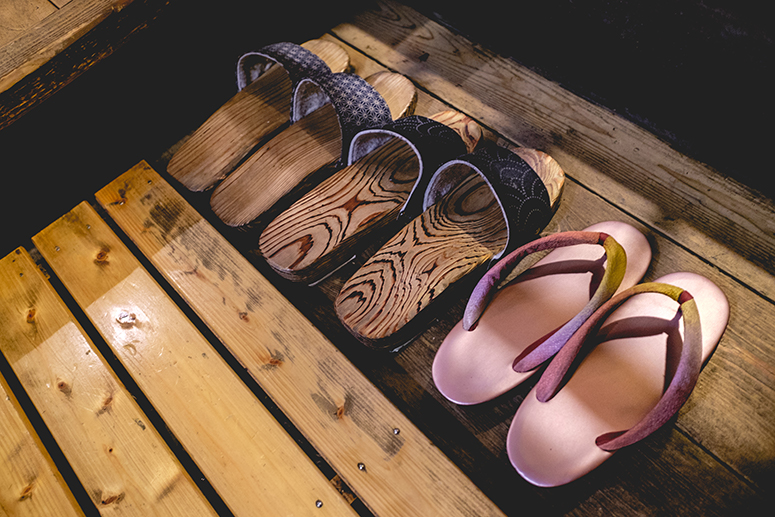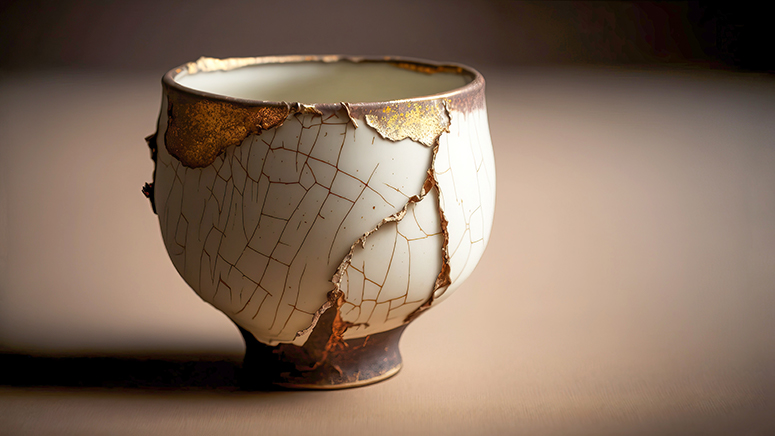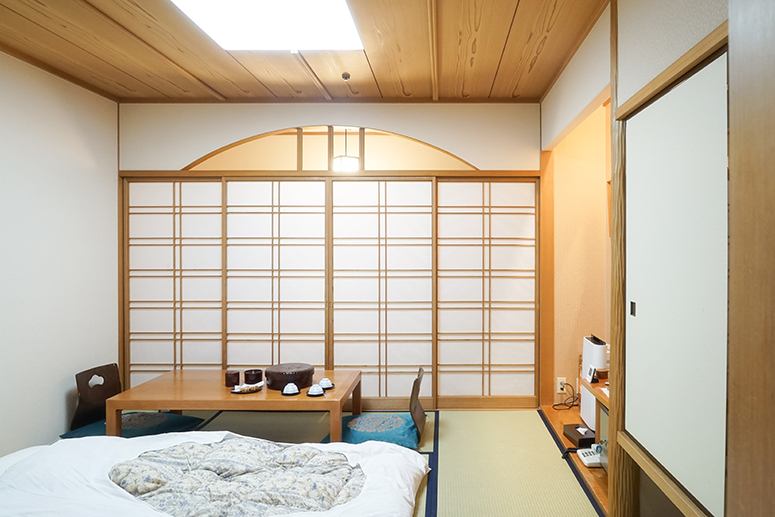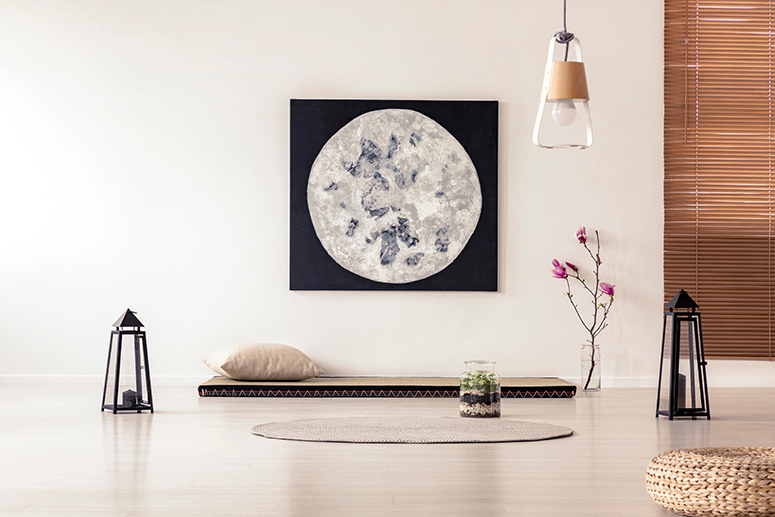Our home should be a place where we retreat and find serenity after a busy day of work. It should be a place where we can unwind and unplug from the noise of the outside world. However, as technology has made us more connected as ever, it may be challenging to disconnect our minds from external influences.
This is why it may be helpful to incorporate design elements into our homes that will help us get into the routine of finding tranquility in our homes. In this area, we can learn a lot from Japanese design and living.
Incorporating the Genkan Concept
One thing we can learn from Japanese design is the concept of a ‘Genkan’, which is the entryway of our home where we remove our footwear before entering the main area of our house. This area is usually built a few inches lower than the rest of the home which helps maintain the cleanliness of our home.
While removing our shoes and changing into slippers once we enter our homes is also something common for many Filipino households, incorporating a genkan may help in providing the transition from being in the outside world and arriving home.

Establishing a genkan is usually incorporated into the design of a house or apartment before it is built. Although this may be difficult to establish once our homes are already built, there are ways you can incorporate the genkan concept. One way is adding elements that signal your transition from the external world. You can try putting a shoe rack or cabinet by the entryway to store your outside footwear.
Another thing to try is to put a coat rack where you can hang your outerwear or a small table where you can put your bags and other belongings. Having a dish or rack for your keys is also something you may want to try.
Simplicity and Minimalism

Another thing we can learn from the Japanese way of living is the Wabi-sabi philosophy that has found its way into modern interior design. It focuses on embracing simplicity, impermanence, and the beauty of imperfection. As wabi-sabi design elements focus on natural materials, they can bring the calming vibe of nature into our homes.
Borrowing from the principles of wabi-sabi, one thing to try is to incorporate design elements into our homes which are sourced from local natural elements like rattan, bamboo or even abaca. For instance, you can try using bamboo furniture or abaca rugs, which all add to the warmth and natural feel of your home.
To further embrace simplicity and minimalism, there’s also something we can learn from the Japanese decluttering method of Danshari which emphasizes removing what is unnecessary.

The main principles of Danshari revolve around refusing to bring unnecessary things into your life, discarding what you no longer need, and separating yourself from material attachments. By abiding by the principles of this method, we can maintain clutter-free homes which gives us fewer worries to think about.

Embracing Functionality
Apart from keeping things simple in our home, having functional furniture and other design elements gives us comfort and ease in our living spaces. As Japan is known for its simple but functional products and storage solutions, this is something we can take a cue from in designing our homes.
One thing to try is to make use of furniture that doubles as storage such as couches with storage space underneath or incorporating storage solutions that can be placed under your bed, which helps maximize space especially if you are living in a home with limited space.
With Japanese brands such as Nitori already in the country, accessing functional Japanese-style storage solutions and furniture is now easier.
From incorporating the Genkan concept to embracing simplicity and functionality, there are many things we can learn from Japanese design and way of living that will make our homes feel like a place of retreat from our busy lives.
